The rules of building a team have changed. Today, they don’t start with office space and local job boards. HR leaders are now navigating time zones, currencies, and completely different compliance structures, all while competing for top talent on a global scale. Distributed work isn’t a trend; it’s the default. But just plugging into Slack and calling it a day doesn’t cut it.
From Slack to Strategy: Why Tools Alone Won’t Scale Your Team
Your tech stack still matters! But real scalability starts with how teams are designed and supported across borders. According to AIHR’s 2025 HR Trends Report, while 79% of HR leaders say AI adoption is critical for competitiveness, 60% admit they lack a coherent implementation strategy. In other words: Everyone has tools, but few have a plan.
That plan needs to account for:
- Local hiring regulations
- Onboarding timelines that vary by market
- Differences in labor laws, benefits, and cultural norms
That’s why a growing number of global HR leaders are building distributed team strategies around outcomes, not hours. They’re shifting from synchronous, always-on cultures to async-first operations that respect regional flexibility.
Payroll, Compliance, AI, and the Hidden Complexity of Global Scale
Expanding into new markets can feel deceptively simple. Post a job. Hire an employee or a contractor. Move fast. But cross-border growth gets complicated quickly.
The average mid-sized company operating in three or more countries must comply with numerous, distinct sets of tax laws, labor codes, and employment frameworks. In fact, according to a recent Global Payroll Association whitepaper, 51% of HR professionals identify keeping up to date with legislation and compliance as a key challenge they’re currently facing.
The same whitepaper reveals that 49% of organizations use between 2-10 payroll providers, and 36% rely on a mixture of in-house and outsourced payroll solutions. The findings also show that consistency in policies and processes (56%) and accuracy of inbound data (53%) are among the chief challenges encountered by payroll leaders.
Add to that, many HR leaders are using or evaluating AI to streamline compliance tasks like document verification, audit trails, and policy updates. However, AI doesn’t always get things right. In fact, according to Stanford’s 2025 AI Index Report, there has been a 56.4% increase in documented, AI-related incidents and, not surprisingly, 64% of organizations report concerns over inaccuracies.
So, this isn’t just about automation; it’s about risk reduction. A single compliance error in markets like Germany or Singapore can result in six-figure fines and reputational damage.
Culture Without Borders: Building Belonging in a 15-Time-Zone Team
You can hire globally, but if your team feels disconnected, you’ll struggle with engagement and retention. A 2025 Gartner survey found that distributed employees feel less connected to their company than they did pre-2020.
The solution isn’t virtual pizza parties. It’s about designing inclusive systems:
- Async-first communication norms
- Clear documentation and handover processes
- Inclusive holiday calendars and time-off policies
And yes, intentional cultural onboarding. It’s crucial that employer-provided, structured onboarding is customized to local norms. When a team in São Paulo, Prague, and Seoul all feel seen and supported, you’re no longer managing a distributed team—you’re leading a global culture.
How Fast-Scaling Companies Are Getting It Right
A rideshare company needed to hire across LATAM, Eastern Europe, and Southeast Asia to support its rapid growth. Instead of setting up costly legal entities in each region (a process that could take 6-9 months), they partnered with Safeguard Global’s Employer‑of‑Record (EOR) service.
What they achieved:
- Onboarded 189 international employees across 34 countries.
- Entered new markets in under two weeks per region, not months.
- Scaled revenue, growing by $8 billion over two years, while speeding expansion by 1,400%.
By partnering with a global HR provider and leveraging an EOR solution, organizations can seamlessly transition an employee’s role internationally while ensuring full compliance with local labor laws. This approach allows companies to retain valuable team members and demonstrates a strong commitment to flexibility and inclusive work policies.
Strategy Beats Speed
Building a distributed team in 2025 means thinking beyond tools and headcount. It includes designing systems that account for the complexities of scaling, from compliance to culture.
Global HR leaders who succeed aren’t just reacting to the new world of work. They’re architecting it. And they know that while anyone can open Slack, only a few can scale across borders by design.
This requires not only upfront investment in the right resources but also in mindset. Leaders must champion distributed teams at the executive level, create KPIs for engagement and compliance, and continually iterate based on market shifts.
Ultimately, winning in a distributed teams-first world means recognizing that global HR isn’t just an operational function, it’s a catalyst for strategic growth. Succeeding at scale requires the same creativity and foresight as launching a new product or entering a new market.







